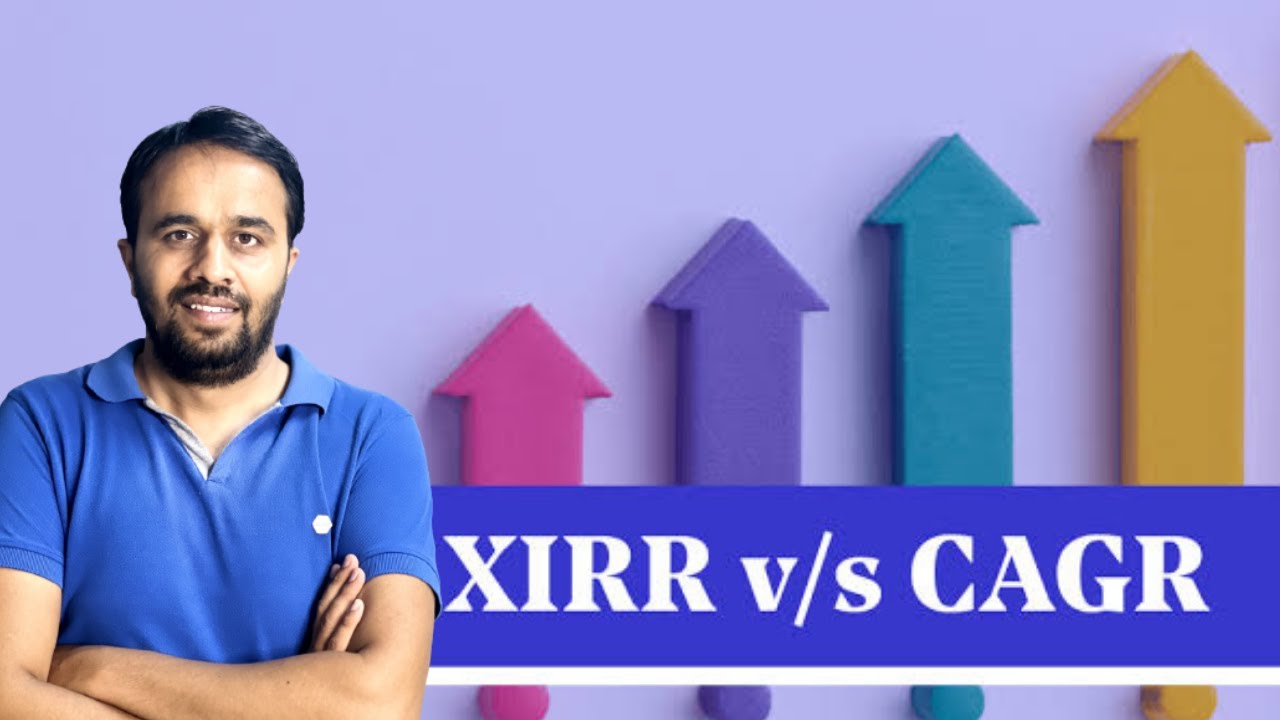
In the world of cryptocurrency, market conditions play a crucial role in shaping trading decisions. Among the various market phases, a bull market stands out for its potential to generate significant profits. Recognizing when you’re in a bull market can help you adopt the right strategies to maximize your returns. This article explores what defines a bull market and provides actionable trading strategies that can help you thrive during this exciting period.
What Is a Bull Market?
A bull market refers to a period when the prices of assets, including cryptocurrencies, are experiencing sustained growth. In the crypto world, a bull market is often marked by investor optimism, increasing trading volume, and a generally upward trend in the prices of key cryptocurrencies such as Bitcoin and Ethereum. This phase can last for weeks, months, or even years, with prices rising steadily.
Bull markets are driven by positive sentiment, technological advancements, institutional adoption, or favorable market conditions. For crypto traders, this is a golden opportunity to profit from the upward momentum. During a bull market, prices of major cryptocurrencies are likely to surge, making it an ideal time to enter positions. Recognizing the signs of a bull market early allows traders to capitalize on these opportunities before prices hit their peaks.
For example, during a bull market, tokens like WUSDT can see significant price increases as investors seek assets with high growth potential. Wormhole (W) is a cross-chain messaging protocol that allows communication between different blockchains, making it an essential tool for enhancing liquidity and interoperability in the crypto ecosystem.
Key Indicators of a Bull Market
- Rising Prices: The most obvious sign of a bull market is a consistent upward movement in asset prices. In the crypto market, this is usually observed over weeks or months.
- Increased Trading Volume: As more people enter the market, the volume of transactions increases, reflecting growing investor confidence.
- Positive Sentiment: Investor sentiment shifts towards optimism, with positive news driving further interest in buying.
- Longer Market Trends: Unlike short-term price movements, a bull market involves prolonged upward trends, with corrections being shorter and less frequent.
For traders, understanding these indicators is key to recognizing when to enter and exit the market to maximize gains.
Top Trading Strategies for a Crypto Bull Market
During a bull market, various strategies can help traders optimize their profits. With the right approach, you can capitalize on rising prices, secure consistent profits, and minimize risks. Here are some of the most effective strategies for trading during a bull market.
1. Momentum Trading
Momentum trading is one of the most popular strategies used during a bull market. The premise is simple: buy assets that are trending upwards and ride the wave for as long as the trend lasts. Momentum trading requires identifying assets with strong upward momentum and entering trades as the price is moving higher.
The key to success in momentum trading is timing. Traders must use technical analysis tools like the Relative Strength Index (RSI) or Moving Average Convergence Divergence (MACD) to identify trends. These indicators help confirm whether an asset is in an uptrend and how strong that trend is. However, it’s essential to avoid chasing spikes, as sudden surges often precede corrections.
By monitoring price action and key indicators, you can enter a trade at the right moment and exit before the trend reverses. For example, tokens like LISTA USDT can offer great momentum opportunities, especially as LISTA DAO develops its decentralized autonomous organization and expands its ecosystem.
2. Buy and Hold (HODLing)
The buy and hold strategy, also known as HODLing in crypto terms, involves purchasing cryptocurrencies with the intention of holding them for a long period. This strategy is most effective during a bull market when the general price trend is upward. By holding onto your assets, you can benefit from long-term price increases and avoid the stress of trying to time short-term market movements. The key to success with this strategy is patience and conviction in the long-term value of your holdings.
Even in a bull market, it’s essential to monitor the market closely. While prices generally rise, market corrections can still occur. HODLers need to stay updated on market news and adjust their positions if necessary.
3. Swing Trading
Swing trading is a strategy that involves capitalizing on short-to-medium-term price fluctuations. Traders using this strategy will typically buy during dips (when prices momentarily fall) and sell when prices rise again, securing profits from the market’s natural volatility.
This strategy is ideal for traders who want to benefit from both the short-term corrections and the larger bullish trend. To successfully implement swing trading, you must use technical analysis tools like support and resistance levels, candlestick patterns, and moving averages. These tools help traders identify when a price is likely to bounce off a support level or break through a resistance level. As a swing trader, you should be prepared to act quickly when price movements signal a good entry point.
4. Scalping
Scalping is a strategy that involves making multiple small trades throughout the day to profit from minor price movements. In a bull market, scalping can be a profitable way to take advantage of the upward momentum by entering and exiting positions quickly.
The key to successful scalping is executing trades rapidly and with precision. It’s also essential to use a trading platform with low fees, as frequent trades can eat into your profits if transaction costs are high.
While scalping can be highly profitable, it requires focus and fast decision-making. Traders should also use stop-loss orders to limit losses, as even small market reversals can impact their profits.
5. Leverage Trading
Leverage trading allows traders to borrow funds to increase their exposure to the market, amplifying potential profits (and risks). In a bull market, leverage trading can significantly increase returns, as the rising market trend provides an opportunity for larger gains. However, leverage comes with higher risks—if the market turns against you, losses can be equally amplified.
To manage the risks associated with leverage trading, it’s important to use tight stop-loss orders and never over-leverage your positions. Understanding margin calls and the risks of liquidating your positions is essential before using leverage. While leverage can enhance your profits, it requires careful risk management to avoid significant losses.
6. Staking
Staking is a strategy that involves locking up your crypto assets in a proof-of-stake network to earn rewards over time. In a bull market, staking can be an excellent way to earn passive income while holding onto your crypto assets as their value rises.
Staking is ideal for those who are looking to earn a consistent income while holding long-term positions in a rising market. By participating in staking, you not only benefit from potential price appreciation but also earn rewards from securing the network. Different cryptocurrencies offer varying staking rewards, and it’s essential to choose staking platforms with high yields and low fees to maximize returns.
Risk Management in a Bull Market
Even during a bull market, it’s crucial to implement effective risk management strategies. The rapid price increases may create the illusion of a risk-free environment, but market corrections can happen unexpectedly. Here are some key risk management practices to follow:
- Set Stop-Loss Orders: A stop-loss order is a crucial tool for protecting your investments. Set a stop-loss at a reasonable level below your entry point to limit potential losses if the market turns against you.
- Diversify Your Portfolio: Don’t put all your funds into one cryptocurrency. Spread your investments across multiple assets to reduce the risk of a significant loss.
- Avoid Over-Leveraging: Leverage trading can amplify profits, but it also increases risk. Ensure that you use leverage cautiously and never overextend your position size.
Final Thoughts: Maximizing Profits in a Crypto Bull Market
A bull market offers immense potential for traders to profit from rising cryptocurrency prices. By employing strategies such as momentum trading, buy and hold, and breakout trading, you can maximize your returns and take advantage of the market’s upward momentum. However, it’s important to remain disciplined and employ proper risk management to protect your capital.
As the crypto market continues to evolve, staying informed and adaptable is key to long-term success. Whether you are a beginner or an experienced trader, understanding these strategies will help you navigate the exciting world of crypto trading during a bull market. Happy trading!










